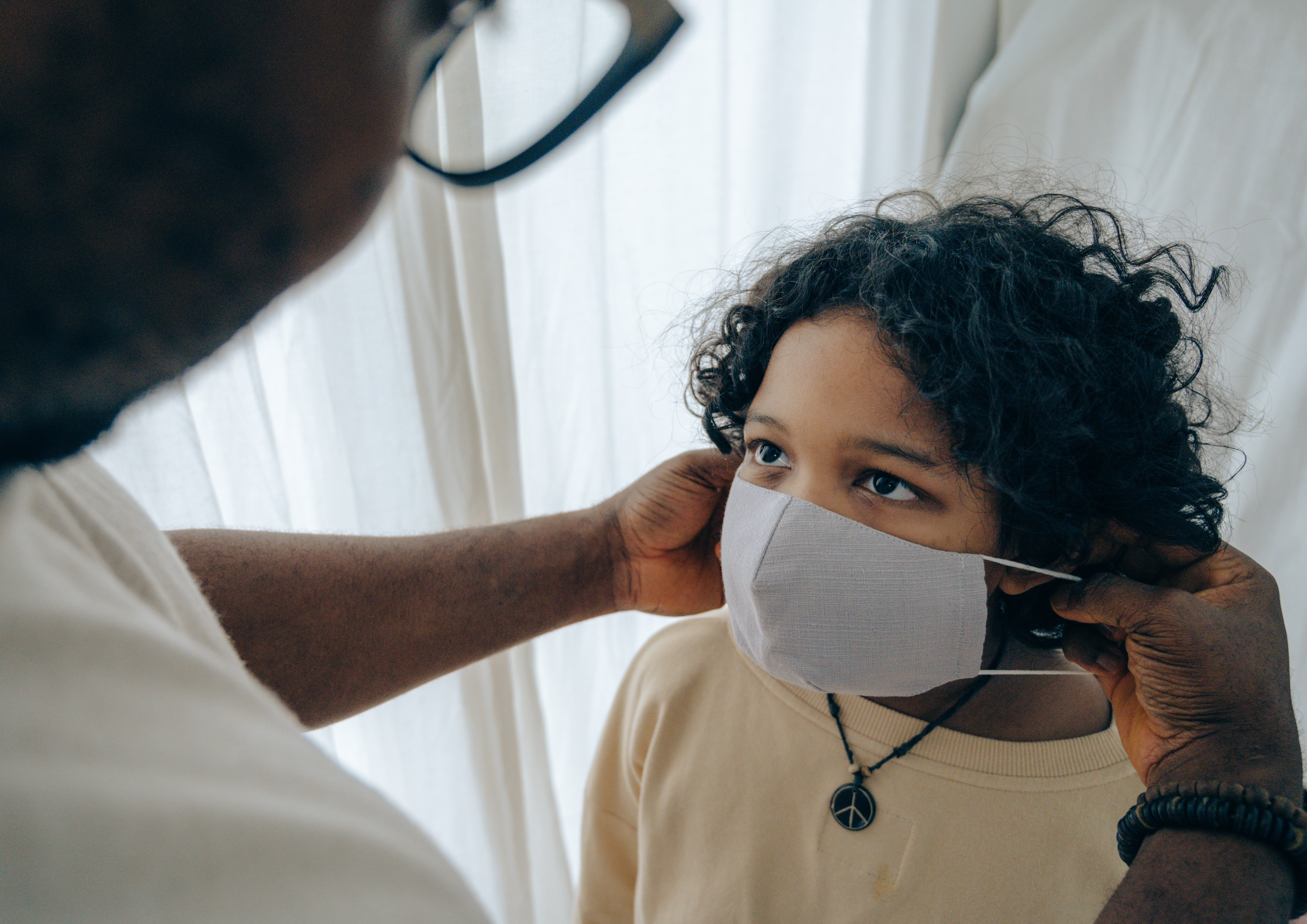By Edward T. Rincón
LatinaLista
(Editor’s Note: Crossposted from The Culture of Research blog)
It really makes little sense. Despite the fact that Blacks, Hispanics and Native Americans are being hospitalized and dying at considerably higher rates than whites in the U.S., the Center for Disease Control recently changed its definition of Covid-19 high risk groups to exclude these groups.[i] Why?
Because they have concluded that the high virus rates are not due to genetics, and they want to avoid stigmatizing these groups as “Covid carriers.” By taking this action, the CDC can now remove their priority status for the delivery of health services – a disturbing action that suggests the injection of partisan politics.
Let’s consider the fact that older persons were initially identified among the high-risk groups and remain in that category for good reasons. Indeed, one would not argue that their high-risk status should be changed because they often reside in nursing or retirement homes that have been plagued by the coronavirus.
The purpose of identifying key demographic characteristics that are associated with the prevalence of a disease or virus is to target intervention strategies towards such groups as quickly as possible to mitigate the spread of the disease or illness – regardless of the circumstances that created their vulnerability – such as social determinants like comorbidities, living arrangements and working conditions.
The CDC’s justification for re-defining the high-risk categories – to avoid stigmatizing these groups as “Covid carriers” – is specious. Communities of color have long been stigmatized in many industries for the wrong reasons, including their skin color, language and many other attributes. Assigning a high-risk category for Covid-19 is a health-related assessment, not a stigma, and should not be used as a basis for denying health-related services as the CDC is apparently proposing.
What seems plainly obvious is that the Trump administration has forced the hand of the CDC experts once again. First by re-directing the reporting of Covid-19 hospitalizations from the CDC to the Dept. of Health and Human Services to the great dismay of the national health community. Secondly, by pressuring the CDC to moderate the perceived risk of attending schools in person despite the increasing infection rates in many communities. And now by re-defining Covid-19 high risk groups with a questionable rationale.
These actions are setting the stage in the U.S. for the unfair distribution of the Covid-19 vaccine once it becomes available, a disturbing scenario that is likely to deprive the vaccine from communities of color and other groups that have been re-defined as lower risk by the CDC.
By allowing this new definition of risk by the CDC to continue unchallenged, communities of color can expect a longer period of infections and mortalities from the pandemic, and more limited access to a vaccine once it becomes available. There is a clear need for strong advocacy from civic, business and community groups that represent communities of color to challenge and correct the direction that the CDC has taken in defining high-risk groups for Covid-19.
Photo Credit: Photo by Ketut Subiyanto from Pexels
Dr. Edward T. Rincón, Ph.D., is president of Dallas-based Rincón & Associates LLC and is a research psychologist.



